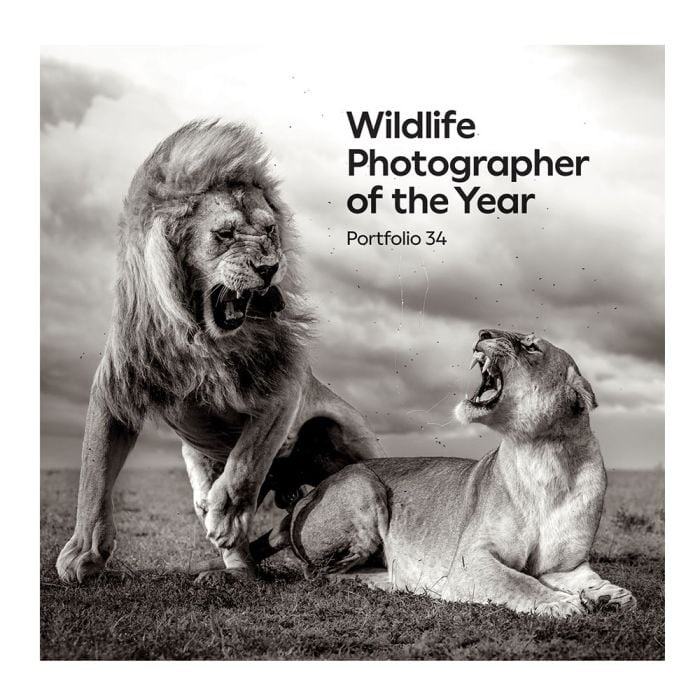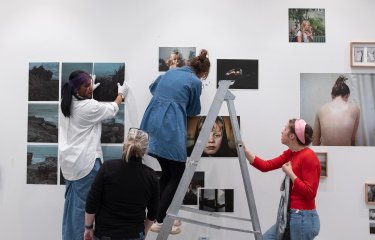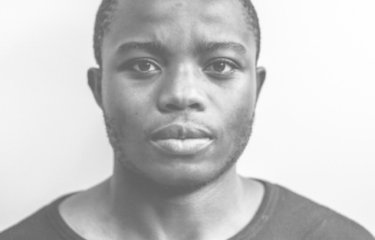Falmouth graduate lands Wildlife Photographer of the Year cover
12 November 2024

Marine & Natural History Photography graduate, William Fortescue continues to make waves in the world of wildlife photography, with his image, Romance is Dead, being highly commended in the Wildlife Photographer of the Year 2024 competition and selected as the cover image of their annual coffee table book.
Since graduating in 2017, Fortescue’s career has gone from strength to strength. His work has taken him across the globe, from the vast plains of Africa to the icy landscapes of the Arctic, allowing him to document some of the most extraordinary wildlife on the planet. His work not only features in exhibitions but also supports wildlife protection, having raised over £110,000 for conservation charities.
We caught up with William to discuss his work and ask his advice for aspiring photographers.
Can you tell us more about the story behind Romance is Dead and how you took the photograph?
I was on a ten-day expedition in the Serengeti, a vast national park in Northern Tanzania. My guide, Anderson and I were discussing the best way to photograph lions, as I was working on a series of portraits. He suggested that the best time to photograph lions was just after mating, as the males typically stand and scan the area to check for threats. According to Anderson, this was when the lions would look their most regal – still powerful but a little shaky in the legs from their earlier endeavours, allowing us to safely work within close proximity.
As a result, I ended up spending ten days watching mating lions, which was not my original plan or objective! But as the moments immediately after mating can be so visceral, the images almost took themselves. All that was left for me to do was position the lions against the light and take the photograph.

What does it mean to you to have your work recognised by Wildlife Photographer of the Year?
I’ve been attending the exhibition for years and bought the portfolio books since I was a teenager. I’ve seen so many of my favourite photographers succeed in Wildlife Photographer of the Year and I’ve aways considered it the pinnacle of photography competitions.
It’s been a secret since March that I’d had my photograph selected as the book cover image, but the novelty still hasn’t worn off. Seeing my work on various billboards, tube stations and outside the Natural History Museum has been surreal, and I’m still getting messages now, a month after the exhibition opened, as people visit the gallery or see the work around town.
How did your time at Falmouth shape your career as a wildlife photographer?
I adored my time in Falmouth, it was such a happy town to spend three years in.
While I’m unsure I could pinpoint my most valuable lesson, my biggest regret is not making images enough for fun while I was there. I barely used the extensive kit room, didn’t get underwater and never had a passion project on the go. If I had my time again, I’d have cameras out of the photography stores three times a week and travel around Cornwall by whatever means necessary to work on stories.
Can you share any tips to students who want to work in wildlife photography?
Don’t limit yourself to only taking wildlife photography and enrol on a marketing course.
Your ability to market yourself, sadly, is far more important than your photographic talent. Videography for social media is crucial, and being able to talk to camera is equally important. I know some phenomenal photographers who really struggle to make a living, and I also know some pretty average ones who are making a fortune - they just market themselves better.
There are very few graduate schemes in the photography world, so once you’re out of the Falmouth door you’ll have to invoice for every penny you earn, so being able to photograph weddings, events, and anything you can charge a day rate for, is vitally important. After graduating, I worked as a labourer for three years until I was making a living solely from photography, but it was worth every rainy day.
You can see William’s work in the Wildlife Photographer of the Year exhibition at the Natural History Museum until 29 June 2025.
To view more of William’s work, visit his website





